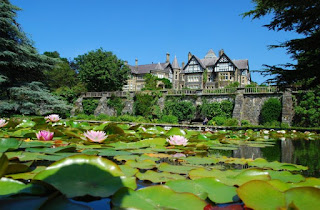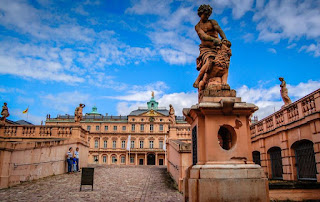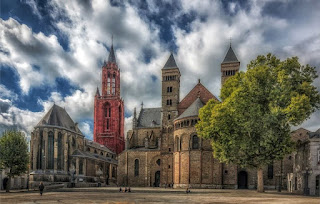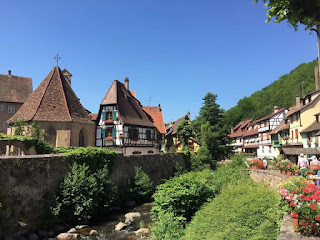"Life is what we make of it. Travel is the traveler. What we see isn't what we see, but what we are." -- Fernando Pessoa
==================================================================() The town of Viana do Castelo, seat of the district of Viana do Castelo, is located on the Portuguese Way, an alternative path of the Camino de Santiago, at the mouth of the Lima River. The jewel of the Costa Verde (Green Coast), Viana do Castelo is blessed with an appealing medieval center, an attractive riverfront, and lovely beaches -- just outside the city. The old quarter showcases leafy 19th-century boulevards and narrow lanes crowded with Manueline manors and rococo palaces, all dramatically presided over by the pearly white, neo-Byzantine Santa Luzia church (depicted here) on the hilltop high above town. The town’s setting, by the Rio Lima estuary, makes Viana a great base for exploring the lower Lima valley. One of the most beautiful sanctuaries in Portugal, and the most charismatic symbol of the region, the Sanctuary of Santa Luzia attracts many tourists who traverse its beautiful interior, until they reach the top and can marvel at the spectacular views over the landscape below. Indeed, there are two good reasons they visit Viana’s 228-meter eucalyptus-clad hill, known as Monte de Santa Luzia. One is the wondrous view down the coast and up the Lima valley. The other is the fabulous, neo-Byzantine Templo do Sagrado Coração de Jesus. where they seem to feel just a little bit closer to heaven by climbing to the zimbório (lantern tower) atop its dome, via a lift, followed by a narrow stairway.


















